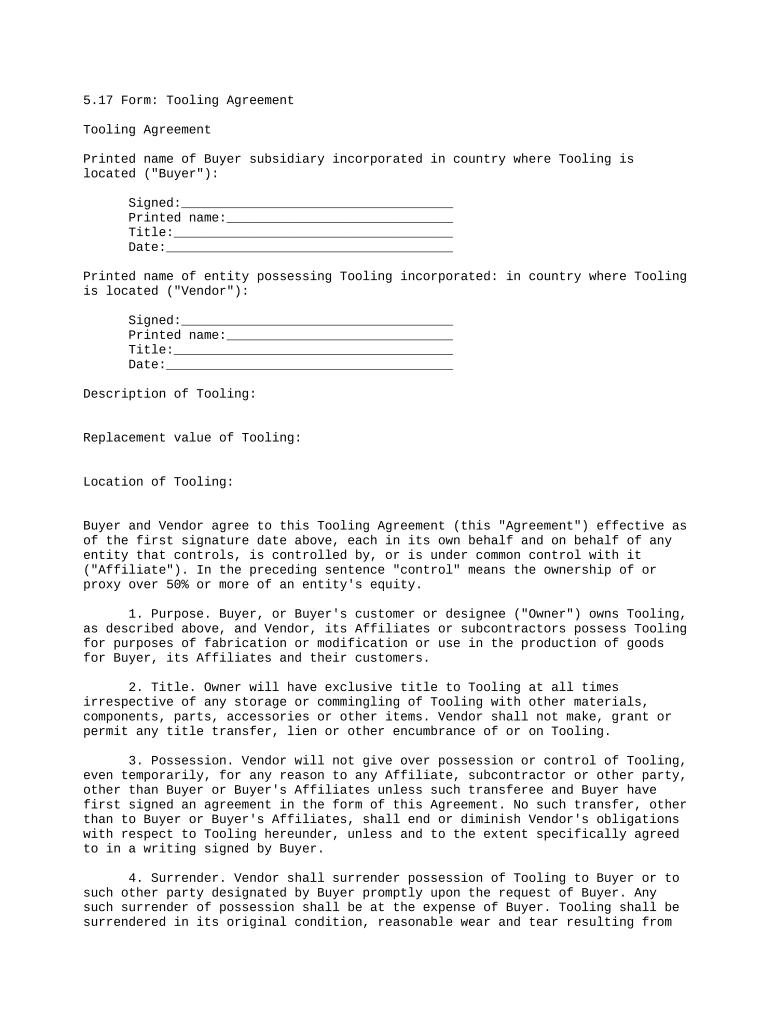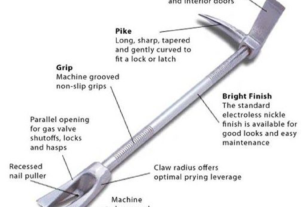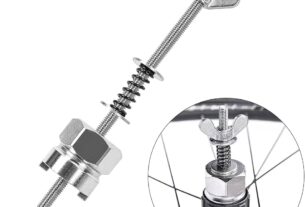As a manufacturer or supplier, your relationship with a customer is not just about selling products. It’s also about working together to create the best possible product. That’s where tooling agreements come in.
A tooling agreement is a legal contract between a manufacturer or supplier and their customer, outlining the terms of how they will work together to create custom tools or molds for specific products. This agreement is essential for ensuring that both parties are on the same page regarding expectations, timelines, costs, and quality standards.
In this article, we’ll discuss what you need to know about creating a tooling agreement, including why it’s important, what should be included in the agreement, and how to negotiate the terms effectively.
Why Do You Need a Tooling Agreement?
A tooling agreement is necessary because it sets clear expectations between two parties before embarking on a complex project. Without one, misunderstandings can arise, leading to delays, cost overruns, and even legal disputes.
Here are some reasons why having a tooling agreement is crucial:
1. It outlines the responsibilities of each party
The tooling agreement specifies what each party is responsible for throughout the entire process. This includes designing and manufacturing the tools or molds, testing them for quality control purposes, and delivering them on time.
2. It establishes timelines
Creating custom tools or molds can take time. A tooling agreement outlines specific timelines for each phase of the project so that both parties know when things should be completed.
3. It defines payment terms
The tooling agreement should outline all costs associated with creating the tools or molds. It should specify who will pay for what and when payments will be made.
4. It sets quality standards
The tooling agreement should include specifications for quality control measures that must be taken throughout the process to ensure that the final product meets both parties’ expectations.
What Should Be Included in a Tooling Agreement?
The following are some key elements that should be included in a tooling agreement:
1. Scope of Work
The scope of work should outline what exactly will be produced, including any drawings, models, or prototypes. It should also include what materials will be used and any specific requirements for these materials.
2. Responsibilities
The responsibilities section should define who is responsible for each aspect of the project, including designing, manufacturing, testing, and delivering the tools or molds.
3. Timelines
This section should include specific timelines for each phase of the project, from design to delivery.
4. Payment Terms
The payment terms section should outline all costs associated with creating the tools or molds and specify how payments will be made.
5. Quality Control Measures
This section should outline quality control measures that need to be taken throughout the process to ensure that the final product meets both parties’ expectations.
6. Intellectual Property Rights
The intellectual property rights section should specify who owns the designs or molds created during the project and whether they can be used by either party after completion of the project.
7. Confidentiality Clause
A confidentiality clause may also be included if either party wishes to protect trade secrets or proprietary information related to the project.
How to Negotiate a Tooling Agreement Effectively
Negotiating a tooling agreement can be tricky, but it’s essential to get it right to avoid disputes later on. Here are some tips for negotiating effectively:
1. Do Your Research
Before entering into negotiations, do your research on industry standards for similar projects so that you have an idea of what terms are reasonable.
2. Communicate Clearly
Be clear about your expectations and goals for the project from the outset. Ensure that both parties understand what is expected of them and what they can expect in return.
3. Be Willing to Compromise
Negotiations are all about finding a middle ground that both parties can agree on. Be open to compromise and look for solutions that meet both parties’ needs.
4. Seek Legal Advice
If you’re unsure about any aspect of the tooling agreement, seek legal advice before signing anything. It’s better to be safe than sorry later on.
Conclusion
A tooling agreement is an essential part of any manufacturer or supplier’s relationship with their customers. It sets clear expectations for both parties and ensures that everyone is on the same page throughout the entire process.
When creating a tooling agreement, remember to include all key elements, such as scope of work, responsibilities, timelines, payment terms, quality control measures, intellectual property rights, and confidentiality clauses.
Finally, negotiating a tooling agreement effectively requires clear communication, research, compromise, and legal advice if needed. By following these guidelines, you can create a strong tooling agreement that protects your interests and helps you deliver high-quality products to your customers.
References:
https://en.wikipedia.org/wiki/Tooling
https://www.americanbar.org/groups/business_law/publications/blt/2017/12/tooling-agreements/
https://www.contractstandards.com/public/clauses/tooling-and-equipment
https://www.qualitymag.com/articles/94895-negotiating-the-tooling-contract




